Continuing Education Hours: Claim 1 hour if you listen to the watch the video, listen to the recordings, and complete the brief quiz.
This Plants Plus focuses on introducing plant diagnostics.
You’ll learn to:
- Define plant diagnostics
- Understand the types of skills used in the diagnostic process
Want to learn more about the diagnostic process? Watch for our new online advanced training Plant Diagnostics-The Step-by–Step Approach to Identifying Plant Problems to learn the specific steps you can practice in your own garden. The next course begins in early 2023 and is fully flexible- complete it when you have time. Sign up begins Fall 2022. Counts for continuing education credit.
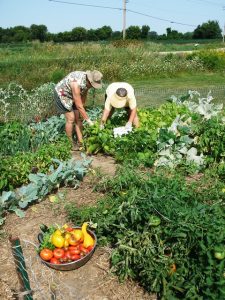
Before you begin: There are a lot of green bars to click through and each contains a section to watch or listen. You don’t need to listen to them all at one time, but you should go in order. Here is the time breakdown:
- Video: ~4 minutes
- Total podcast time: ~33 minutes
WATCH: Intro to Diagnosing Plant Problems
- Presenter: Peggy Damann, Statewide Horticulture Outreach Specialist
- Video is ~4 minutes long.
LISTEN: The 7 Hats of Plant Diagnostics
Click the red Play button in the upper left corner to Play and Pause.
- Presenter: Kristin Krokowski, Commercial Horticulture Educator, Extension Waukesha County
- Note: Audio only. Audio is ~4 mins. long.
Summary: Diagnosing plant problems really is a lot of fun. It’s a great opportunity to bring together the science of horticulture and the art of investigation. As much as I enjoy educating people about proper raspberry pruning or leaf galls there is nothing better than the thrill of sitting before a plant sample not knowing where the trail will lead. It’s really about looking at your information, finding a lead, and tracking down the answer. Occasionally there is no answer and that’s OK. It just means that we will continue to investigate.
In the course of the investigation, you also get to learn new things. I love these little nuggets of information! Some of them will be completely unrelated to the investigation but they will be little “ah ha” moments nonetheless. You can keep these little nuggets of information in the deep recesses of your brain for future use. They may also come in handy for scaring off non-plant people at parties should the need arise.
Plant and insect diagnosis is also a great way to meet other people. Anyone who cares enough about their plant to make the effort to get it diagnosed can’t be all bad. After all he or she must be interested in doing better if they emailed you pictures or brought a sample into the office. It’s a good thing to remember when we see a plant that is sick or has been mistreated, we aren’t in the placing blame business. We won’t be reporting anyone to the authorities. (If that was really a job I would be doing that.) We are here to help people understand (nicely) where they went wrong and help put them on the path of better plant care.
And if you were thinking plant diagnosis would be a good way to earn lots of cash, it’s probably not going to work out for you. At least it hasn’t for me. Maybe you have a better business model. Otherwise, you know the saying “Money can’t buy you fun.” Er is it “Love”? Nevermind. Next slide.
LISTEN: Historian
Click the red Play button in the upper left corner to Play and Pause.
- Presenter: Kristin Krokowski, Commercial Horticulture Educator, Extension Waukesha County
- Note: Audio only. Audio is ~3 mins. long.
Summary: The first step in a good diagnosis is learning the history of the plant. Your role will be like that of any good history teacher giving a quiz. Extract as much relevant information as possible with the understanding that although they might remember the year man walked on the moon, they may not remember the year they planted that maple in the back yard. If they know the name of the plant that’s always a good start.
In addition to the history of the plants it’s good to know the history of the area the plant is in – or the plant the insect was found on. If a plant is in a yard that is new construction or an old alfalfa field that may be a lead. You are better off getting as much information as possible up front. It gives you a better big picture. You can always sift through the information later to decide what is relevant and what is not. You may sift some of the information back in later. Get what you can. Don’t turn this into a dissertation. Part of the fun is working with the pieces you’re given.
This is also a really good step for affirmation. Make people feel good and open to talking to you and giving you answers. It will be really handy later on when you’re asking for information they may not want to divulge.
LISTEN: Meteorologist
Click the red Play button in the upper left corner to Play and Pause.
- Presenter: Kristin Krokowski, Commercial Horticulture Educator, Extension Waukesha County
- Note: Audio only. Audio is ~3 mins. long.
Summary: The great thing about this hat is that you are the meteorologist of days past. You won’t be saddled with the uncertainties of predicting the weather. Even the uncertainties of remembering the weather won’t be a problem. That’s why we have the internet. Most of us can remember, at least fairly accurately, when the last extended drought was or arctic blast. Weather is a huge factor when diagnosing plant problems because plant problems often worsen over a period of time. The bigger problems tend to be long, drawn out affairs. A mature blue spruce in good health may take several years to die after a severe drought with no supplemental watering. Even smaller problems like leaf spots may be related to a cool wet spring. Most plants that come into the office are outside every day, all day. The weather matters.
Grow zones and hardiness are also part of this equation. We know that the USDA revised the hardiness zones a few years ago so that many of us are in a warmer zone than we were previously. We also have seen plants that we through we couldn’t grow not only surviving but thriving. The downside is that we are also experiencing insect and disease problems in Wisconsin that we thought we were safe from. It’s important for us to know the hardiness of the plant and the grow zone we are in but we can’t dismiss diseases or insects that are in the next couple of grow zones as possibilities.
LISTEN: Geographer
Click the red Play button in the upper left corner to Play and Pause.
- Presenter: Kristin Krokowski, Commercial Horticulture Educator, Extension Waukesha County
- Note: Audio only. Audio is ~6 mins. long.
Summary: When we talk about geography we are talking about the very local geography of the plant – the plant’s environment. It not enough to say you live in Eagle, Wisconsin. I want to know more. Do you know if you have clay soil, silt or sand? If they don’t know you can look it up by their address on a soil map but a good ballpark answer will get you what you need. Generally with soil type you’re looking for potential compatibility issues. Will the plant do well in clay or sand? What kinds of problems might we see if the plant is not compatible with the soil types it is planted in. This is a very common problem in southeast Wisconsin were our soils are mostly clay and the soil pH is high – commonly over 8. Many people try to plant acidic soil loving plants like blueberries and river birch. The high pH clay soil holds on so tightly to some of the nutrients these plants need, that although the nutrients are present in the soil, the plant can’t wrestle them away, resulting in a nutrient deficiency.
Even if we choose the right plant for our soil or a plant that is indifferent to the soil type we still need to think about where the plant is located. If a plant needs full sun, it may survive but not thrive in shade. Many people do not think about where the shadows fall in their yard. Some plants can handle the light and heat of a southern exposure, others need something less intense. Shadows include not only the house or the neighbors house, but that of other plants and structures. A trees grow, their shadows change. An area that one received 8-10 hours of direct sun may only receive 6-8 hours in 5-10 years, causing a once thriving full sun plant to decline.
Shade isn’t the only variable. Plants become overcrowded. Eaves prevent plants from getting the proper rain. We build decks, planters around the base of trees (eek!), utilities companies dig up our yards. Plants receive too much wind or are splashed by road salt. What is going on in that plant’s local environment is really important and really site specific. Inquire.
Another good tool is evaluating spread. Is the problem only on one plant or do other plants seem to be affected? Are the affected plants related (same family) or does the spread seem to be a specific area of the yard? With some problems like road salt or herbicide injury you will see damage to an array of plants in a localized area. Other problems will be specific to a plant species or family, like black knot on trees in the genus Prunus.
LISTEN: Botanist
Click the red Play button in the upper left corner to Play and Pause.
- Presenter: Kristin Krokowski, Commercial Horticulture Educator, Extension Waukesha County
- Note: Audio only. Audio is ~4 mins. long.
Summary: You are Master Gardener Volunteers. You can probably identify a vast number plants. You may, however, not be able to identify something like pills. A pharmacist can look at a little white and peach capsule and tell you what it is. Try to remember that when you ask someone about the evergreen sample in front of you and they say pine tree. The ability of most non-plant types to identify plants is limited to common names. Many of these names are ones they learned from grandma or the neighbor who gardened. I thought that daffodils were called buttercups most of my childhood because that is what the neighbor told me. You will likely be able to tell the difference between who knows their stuff and who doesn’t. If someone says they have a Full Moon Japanese Maple and it looks likely, then go with it. However when in doubt key it out – to the necessary level. Sometimes you just need to know if a plant is a spruce or a pine. Pictures can be helpful in narrowing down the suspects, then you can compare the actual plant with the key or listed characteristic. Be very careful with the internet when it come to identifying plants. There are a lot of blogs and gardening sites out there. Many are accurate, but many are not. Be certain to check identifications against a university or government website, botanical garden, reference book or other reliable resource.
LISTEN: Detective
Click the red Play button in the upper left corner to Play and Pause.
- Presenter: Kristin Krokowski, Commercial Horticulture Educator, Extension Waukesha County
- Note: Audio only. Audio is ~4 mins. long.
Summary: After playing your role as historian, meteorologist, geographer and botanist, hopefully you have some good information. You may also have access to a hand lens or microscope. A moist paper towel and a plastic bag can also be very helpful. What you are looking for in this step are symptoms and signs. Symptoms are the outward effects of the underlying problem. Wilting leaves might be a symptom of a plant’s vascular disease, just like a cough is a symptom of a cold. Chewed leaves might be a symptom of caterpillar damage. Symptoms are good indicators of what’s going on with the plant but are not, themselves, the actual problem.
Signs are a better tool for identifying plant problems. This is when you can actually see part of the problem – either with your eyes or with a microscope. Cedar apple rust is a good example. We can see the orange gelatinous galls on the cedar trees in the spring that serve to infect the apple trees. It is part of the disease-causing organism, not simply a symptom of what is going on.
When you have looked at the information you gathered, it is a good time to think about any unanswered questions. Did your investigation lead you to more questions? Be sure to ask questions in a non-judgmental, open-ended way. Instead of asking “How often do you water?” which implies that they should have been watering and perhaps that they have failed to water. A better question is “Do you water this plant?” It doesn’t imply a right or wrong answer. People don’t usually hurt their plants on purpose. We don’t want them to feel like were are blaming them for something or we may get incorrect or incomplete information. Reconnect with the person. Ask those questions.
LISTEN: Prognosticator
Click the red Play button in the upper left corner to Play and Pause.
- Presenter: Kristin Krokowski, Commercial Horticulture Educator, Extension Waukesha County
- Note: Audio only. Audio is ~4 mins. long.
Summary: You will be able to rule out some of the information right away. If the plant seems to be planted in a good location with appropriate cultural practices, then those are off the table. If there hadn’t been exceptionally cold temperatures then winter injury is unlikely. As you diagnose plant problems, this process of sifting and winnowing information happens more quickly. Be careful. Even experienced plant detectives go down the wrong path sometimes. If the path doesn’t seem right and your answer doesn’t quite fit then it’s important to go back to the beginning and look at the big picture again. Come up with new questions. Many times people will have new information for you. It’s important not to jump to conclusions. The most important part of this process is to find the right answer. It’s also fine to not have an answer. You can ask a person to continue to monitor the plant or refer the problem to lab or professional like an arborist. Remember first and foremost, do no harm.
LISTEN: Counselor
Click the red Play button in the upper left corner to Play and Pause.
- Presenter: Kristin Krokowski, Commercial Horticulture Educator, Extension Waukesha County
- Note: Audio only. Audio is ~5 mins. long.
Summary: Once you’ve come to a diagnosis it’s important to help the plant owner understand the problem and his or her options for management. Remember these are not plant science people (usually) so don’t bombard them with technical terms or the three page breakdown of the sexual and asexual reproductive life cycles of a fungus. I know that we find this all endlessly interesting, but we’re dealing with the general public. Give the person a clear idea of what the problem is and how you came to that conclusion. Next, let the person know ALL of their managements option – if any exist. I like to start with cultural techniques, such as thinning plants or pruning, and move my way toward chemical control. I know not everyone is a supporter of chemical control and some people believe in all sorts of home concoctions. However, when you give advice on the behalf of Extension you have an obligation to give people all of their options. I like to give people one or two publications or fact sheets that contain the most straightforward and easy to understand information. The goal is to help people understand what the problem is and how to address it. If there is a clear choice of how to handle the problem, review the steps with the person and answer any questions. I also always welcome follow-up question once the person leaves.
LISTEN: Conclusion
Click the red Play button in the upper left corner to Play and Pause.
- Presenter: Kristin Krokowski, Commercial Horticulture Educator, Extension Waukesha County
- Note: Audio only. Audio is ~1 min. long.
Summary: Diagnosing plant problems is a process. Sometimes it’s quick and sometime diagnosing a problem can string over days until it is resolved. The most important part is to remember it is a process with important and necessary steps. Skipping steps or not giving steps the necessary attention can lead to misdiagnosis, mismanagement and potentially plant death. Take the time to go through the steps for any diagnosis that is not routine.
QUIZ
Take this very short quiz to finish this Plants Plus.
Report your continuing education hours in the Online Reporting System.

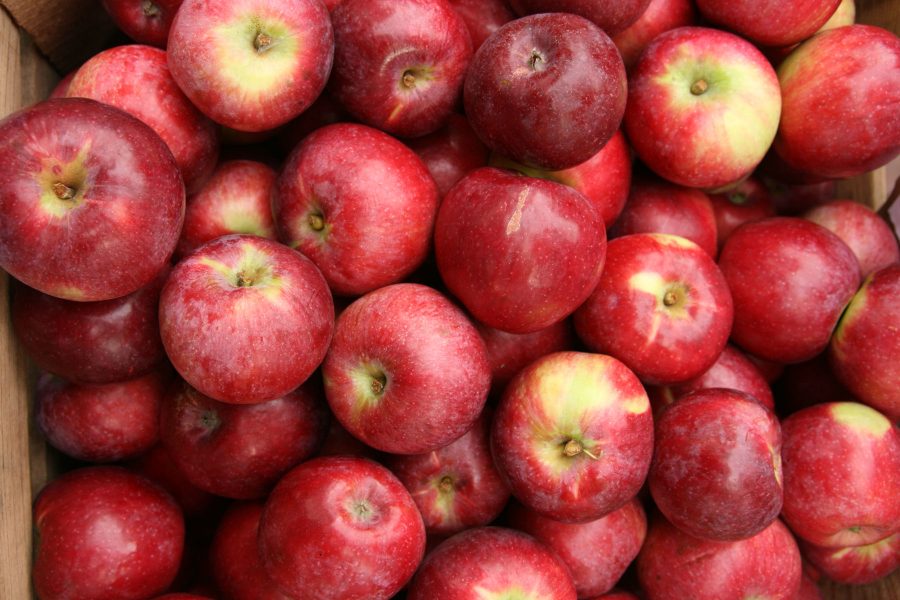 Apples
Apples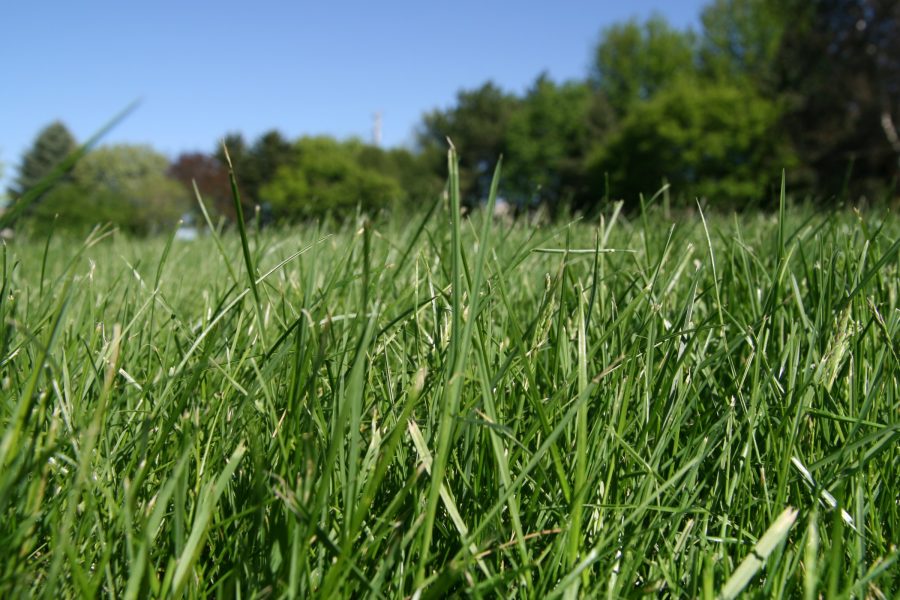 Holiday Plant Care
Holiday Plant Care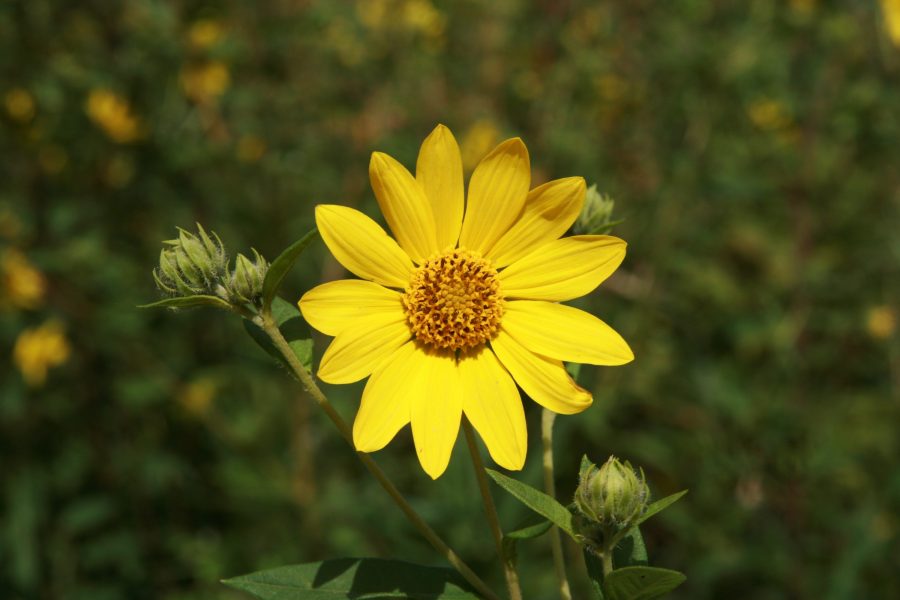 Gardening & Climate Change: What You Can Do
Gardening & Climate Change: What You Can Do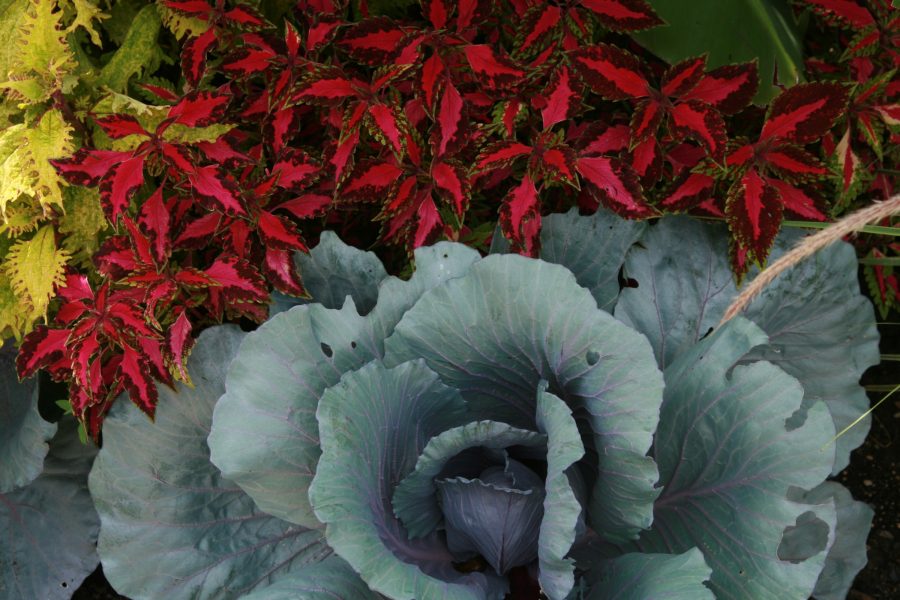 Small Space Gardening
Small Space Gardening


